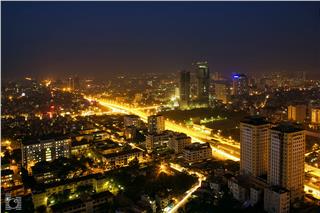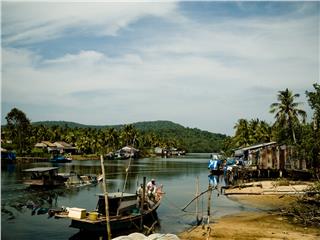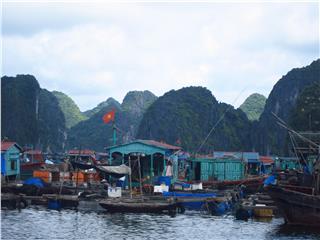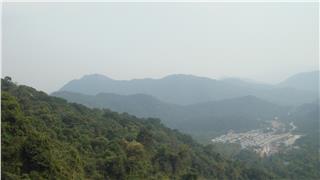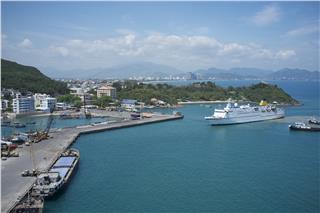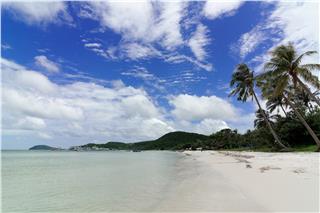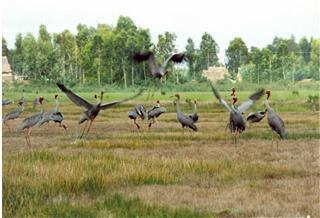Unspoiled beauty of Phu Yen
Thu, 23 Oct 2014 . Last updated Thu, 25 Jun 2015 08:53
-
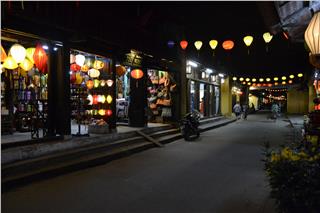 Hoi An travel to New Moon Festival 7231 viewed
Hoi An travel to New Moon Festival 7231 viewed -
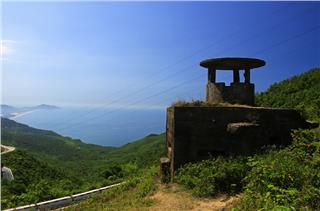 Vietnam War bunker near Da Nang 6705 viewed
Vietnam War bunker near Da Nang 6705 viewed -
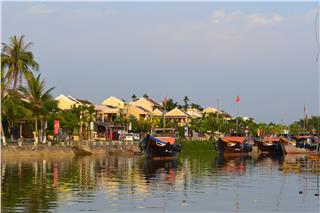 Ancientness of Hoi An ancient town 6618 viewed
Ancientness of Hoi An ancient town 6618 viewed -
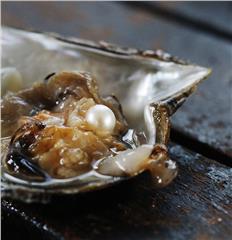 Discovering pearl in Phu Quoc Island 6123 viewed
Discovering pearl in Phu Quoc Island 6123 viewed -
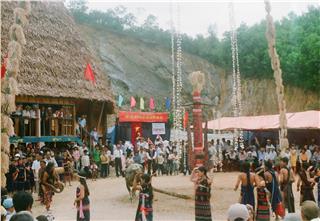 Discovering the Co Tu village in Quang Nam 5980 viewed
Discovering the Co Tu village in Quang Nam 5980 viewed -
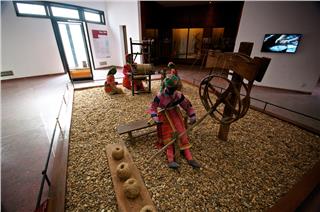 Cultural identity of ethnic groups in Vietnam Museum of Ethnology 5941 viewed
Cultural identity of ethnic groups in Vietnam Museum of Ethnology 5941 viewed -
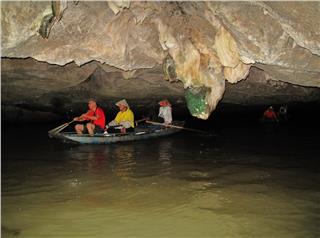 Visit Trang An complex in Ninh Binh 5844 viewed
Visit Trang An complex in Ninh Binh 5844 viewed -
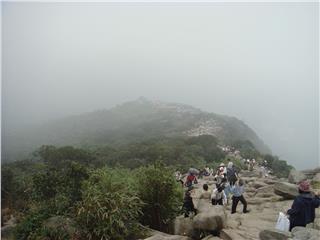 Yen Tu Pagoda and records of Vietnam 5813 viewed
Yen Tu Pagoda and records of Vietnam 5813 viewed -
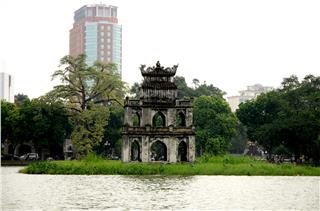 Hanoi Vietnam to Hoan Kiem Lake 5684 viewed
Hanoi Vietnam to Hoan Kiem Lake 5684 viewed
With the available tourism potential such as long coastline, beautiful beaches, many historical and cultural relics and hospitable people, Phu Yen has gradually been becoming an ideal and attractive destination in the Central region.
Any visitors to Tuy Hoa city, Phu Yen province can see Nhan Mountain, over 85m high. This mountain has many interesting stories and a rich flora and fauna system. Someone says that the mountain adopts this name because it looks like a swallow with its wings spreading (“nhan” means swallow). However, the mountain as written in some documents, used to be an islet Tuy Hoa Bay home to numerous swallows. As time went by, the bay was turned into a plain. Nhan Mountain used to be covered with luxuriant trees and thus, attracting so many swallows, stocks and monkeys. The monkeys here were so clever that the French named the mountain “Montagne des Singes” (Monkey Mountain). However, when there were a lot of battles happening here, monkeys, storks and swallows took turn to leave the mountain.
A Cham Tower built during late 11th century - early 12th century is a highlight of the mountain. The 4-storey quadrilateral tower nearly 25m in height, gets thinner as its top. Its decorating style, however, remains unchanged from the bottom to the top of tower. A stone slab carved into the lotus shape was placed on the top of the tower and it is also the symbol of Linga of the Cham people’s culture. Unlike other Cham towers in Binh Dinh, Khanh Hoa, Phan Rang or My Son, this tower has simple interior without decorating patterns. The tower with elaborate details is an architectural masterpiece. It stands the test of the time, deserving the title of the national landscape relic. When you reach the top of Nhan Mountain, you can see the panorama of Tuy Hoa city and the Da Rang River with 4 bridges.
Tu Quang Pagoda was built in 1797. Phap Chuyen, a Buddhist monk in the 36th generation of the Lam Te Zen sect was its first chief monk. Located on the top of Xuan Dai Mountain, the pagoda faces the East Sea. While stones around the pagoda make it look even more mysterious. That’s why it also called Da Trang (white stone) Pagoda. Earlier in 1793, monk Phap Chuyen built a grass-roofed hut here to translate Avata saka Sutra. 4 years later, he built a thatch-roofed pagoda. As many famous monks practiced Buddhism here, the Nguyen Dynasty granted “Sac Tu” characters to its name in 1889. The pagoda as burnt down in a fire in 1929. Monks here had to raise fund to repair the pagoda. This can be said to be a precious object of Tu Quang Pagoda. This bell weights 330kg. Monk Phap Ngu had it cast in the capital of Phu Xuan and brought it here.
Tu Quang Pagoda was badly damaged with tie. The one we see today was restored on the basis of the original structure of the pagoda. The gate remains intact. The repaired pagoda, generally still has ancient beauty. In particular, the tower garden is part of the old structure of the pagoda. As the pagoda keeper told me, the remains of chief monks of the pagoda are worshipped here. Each stupa has its own scale and height. All of them have subtle patterns, bas-relieves and statues of animals. The garden of stupa can be said to be an important part of the Da Trang – Tu Quang pagoda. Tu Quang became popular partly because of mango trees, over 200 years old, planted here.
Legend has it that in the Nguyen Dynasty, a mandarin dropped in the pagoda and had a chance to taste a mango of Da Trang. He told the King about that tasty mango. Since then, monks at Tu Quang pagoda offered the King their mangoes every year. As told in another story, every time Lord Nguyen Anh had his worship anchored at Xuan Dai Bay and tasted a mango from the pagoda during the battle with Tay Son army. He loved the amazingly sweet mango. Mangoes from Da Trang Pagoda, together with lanzones in Quang Nam, became precious fruits for the King.
These mango trees are over 200 years ago. A trunk is too big for a person to put his arms around. These trees were recognized as heritage trees of Vietnam as they carry historical and cultural values and are part of the history of Tu Quang Pagoda. As the chief monk told us, these mango trees were planted before the establishment of the pagoda. They have small white flowers, small but sweet and aromatic fruits. The whole area will be full of their pleasant smeel when the mangoes get ripe.
Phu Yen is famous for unspoiled poetic beaches and bays. These are must-see places in this province. Our next destination is a gorgeous bay. Located 55km from Tuy Hoa city, Xuan Dai bay is a scenic spot of Phu Yen. We’ll get on aboard admire the beauty of the bay. Xuan Dai Bay covers an area of 13000 ha in Song Cau town and Tuy An district. It’s surrounded by mountains. The bay has a lot of gorgeous beaches whose pure beauty can enchant any visitor. Trees-covered mountains with amazing green, turquoise water and cool wind can drive your daily worries away.
Xuan Dai Bay can still keep its unspoiled beauty. We can see a lot of cage systems where people raise fish and shrimps along the bay. The captain told me that it took us nearly 2 hours to visit the bay. We don’t have to worry about big waves because the sea is really calm here. When the wind blows against your face, you will realize how fresh and cool the sea is. Yen Island home to numerous swiftlets is over there. People collect bird nests there to create a local specialty.
Ganh Da Dia is a masterpiece of nature. The basal rock with special shapes can enchant any visitor to the site. According to studies, these basalt rocks were formed during the activities of volcanoes in Van Hoa plateau, about 30km from here. 20 years ago, lave spewed from the crater to the coast. It got frozen immediately because of the cold water of the sea. The newly formed rock cracked, creating vertical hexagonal columns in a row.
Ganh Da Dia is special because of the sense that the stone columns here are arranged vertically and neatly. From a distance, they look like piles of dishes. The majestic beauty of stone columns makes the site an amazing tourist attraction. Xuan Dai Bay, apart from its scenic views, is where locals practice aquaculture. They began doing this in the 1900s and now, nearly 3000 households in Song Cau town raise lobsters, fish and oysters here. Local life gets better thanks to the shrimp farming for export.
Source: VTC10 - NETVIET

